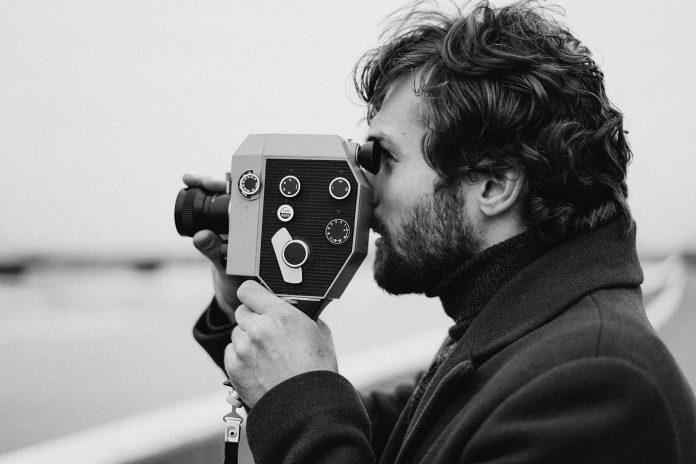In today’s digital age, the fusion of video and photography has revolutionized the way we capture and communicate moments. Video photography, often referred to as videography, encompasses the art and science of capturing moving images with the same precision and creativity as traditional photography. From professional cinematography to amateur vlogging, video photography has become an integral part of our visual culture, shaping how we perceive and interact with the world around us.
Evolution of Video Photography:
The history of video photography can be traced back to the invention of the motion picture camera in the late 19th century. Since then, advancements in technology have continuously pushed the boundaries of what is possible in capturing and manipulating moving images. From the bulky film cameras of the past to the compact and high-resolution digital cameras of today, the evolution of video photography has been marked by innovation and ingenuity.
The Artistry of Video Photography:
At its core, video photography is an art form that relies on the creative vision and technical expertise of the photographer. Just like in traditional photography, composition, lighting, and storytelling play crucial roles in creating compelling visual narratives. Whether it’s capturing the raw beauty of nature or documenting the human experience, video photographers use their skills to evoke emotions and engage audiences on a deeper level.
Technical Aspects of Video Photography:
While creativity is essential, mastering the technical aspects is equally important. Understanding camera settings, such as aperture, shutter speed, and ISO, is fundamental to achieving the desired look and feel of a video. Additionally, knowledge of framing, focus, and camera movement can significantly impact the overall quality of the footage.
In recent years, advancements in camera technology have democratized video photography, making it more accessible to enthusiasts and professionals alike. From DSLRs to mirrorless cameras and even smartphones, there are a plethora of tools available to capture stunning video footage with ease.
Applications of Video Photography:
The versatility of video photography lends itself to a wide range of applications across various industries and disciplines. In the realm of filmmaking and cinematography, video photographers collaborate with directors and producers to bring stories to life on the big screen. From Hollywood blockbusters to independent films, the artistry of continues to captivate audiences worldwide.
Beyond entertainment, video photography plays a crucial role in journalism, documentary filmmaking, and education. Journalists use video footage to report on breaking news and events, providing audiences with immersive and real-time coverage. Documentaries leverage the power to shed light on important issues and inspire social change. In education, video lectures and tutorials enhance learning experiences, making complex concepts more accessible and engaging.
The Rise of Online Video Content:
In recent years, the rise of online video platforms such as YouTube, Vimeo, and TikTok has transformed the way we consume and create video content. From tutorials and product reviews to vlogs and short films, individuals and businesses leverage the power to connect with audiences and build communities online.
The accessibility of social media and the ubiquity of smartphones have democratized video production, allowing anyone with a camera and an internet connection to share their stories and perspectives with the world. This democratization has led to a proliferation of diverse voices and narratives, challenging traditional media channels and amplifying marginalized voices.
Challenges and Opportunities:
While the democratization of video photography has democratized access to tools and platforms, it has also presented challenges for professionals in the industry. With the abundance of content available online, standing out from the crowd requires not only technical proficiency but also creativity and innovation.
Moreover, the rapid pace of technological advancement means that video photographers must continuously adapt and evolve to stay relevant in a competitive landscape. From mastering new camera techniques to keeping up with emerging trends and platforms, staying ahead of the curve is essential for success in the field.
Conclusion:
Video photography represents the convergence of art, technology, and storytelling, shaping how we perceive and interact with the world around us. From capturing fleeting moments to documenting history, video photographers play a crucial role in shaping our collective memory and understanding of the human experience.


